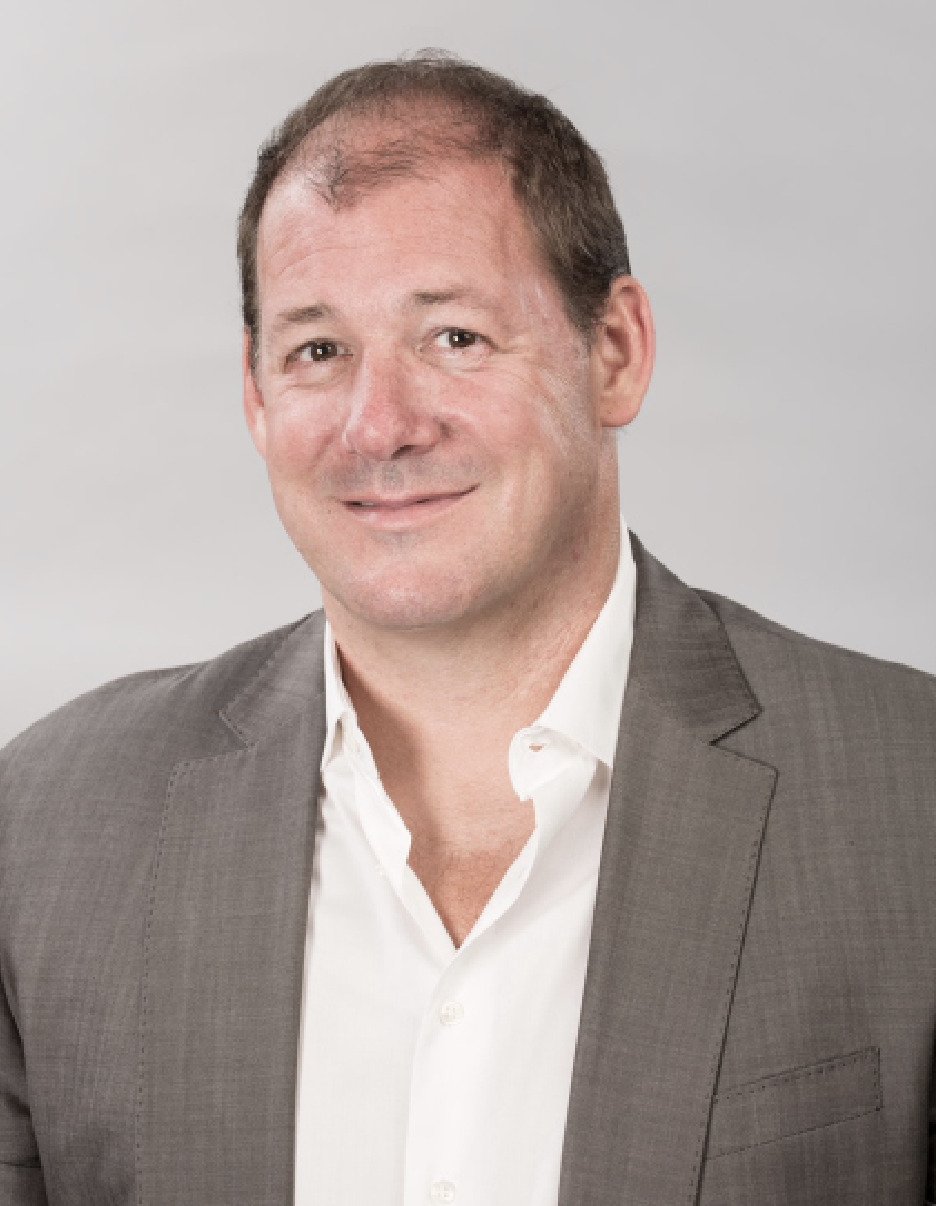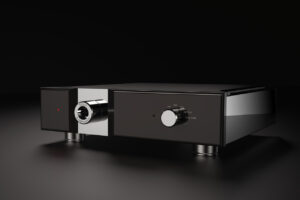MoFi President Jim Davis Addresses the Digital LP-Mastering Controversy
- BLOG
- by Robert Harley
- Aug 09, 2022

JV and RH: Why did you decide to master from DSD files rather than from analog mastertapes, as you used to do? What are the advantages of mastering from files vis-a-via mastering from tape, and what (if any) are the limitations?
Jim Davis: Some record label tape vaults changed policy regarding shipment of mastertapes. At that point our only option for those recordings was to go to the mastertapes. Once we were able to access these masters, the dilemma was how can we best retrieve the information from the master? We experimented with making analog copies from the master. Various tape stocks (½**, 1**) and speeds (15ips, 30ips) were tried but rejected. There was no way to overcome the noise-floor disadvantages of copying from one analog tape to another. When we tried DSD, it was immediately clear this was a vastly superior method for maximizing information retrieval. Developed as an archival format, DSD is sonically transparent, with a very low noise floor. Combined with the painstaking transfer process described below, the capture is a virtual snapshot of the master, revealing detail and nuance at a level that conventional methods could not. Counterintuitively, this capture yields, in our evaluation, superior sonics compared to a cut that is direct from the analog tape to the lathe.
The process of achieving these captures at a remote studio location is expensive and time consuming. We ship our proprietary gear, including our Tim de Paravicini-modified Studer A80 tape machine, to the studio, rent studio time, and fly and lodge our engineer for several weeks at a time. The process of making a DSD capture using our techniques takes a day or more alone for each tape. These are long and exhausting days, and I’m proud of the hard work Mofi engineers put into each project and of the results they consistently achieve. I’m not aware of any other audiophile record label that puts that time and expense into each release.
Beyond the additional time, effort, and expense, I’m not aware of any sonic limitations of using this process.
Exactly when (what year and titles) did MFSL start mastering from DSD files?
Our first use of a DSD step was Natalie Merchant’s Tigerlily, released in 2007. The original master, which was a Dolby SR encoded tape, was transferred to DSD64 so we could cut the record with half-speed mastering. No half-speed Dolby SR cards existed for the lathe, so to cut half speed we had to transfer the tape. At that time, we were only cutting records with half-speed mastering. The first remotely captured title transferred to DSD was Tony Bennett – I Left My Heart In San Francisco, which was released in 2011. Over time, we mastered progressively more titles using the DSD archival capture step. Sourcing-information for all Mofi vinyl titles is being added to the Mofi website daily, and a complete discography will be posted on the site.
Are any Mofi LPs still mastered from tape, or are they all mastered from DSD files?
The last title we captured and cut from the mastertape without a DSD step was David Crosby If I Could Only Remember My Name. It was released in 2022 but was captured in early 2020. All other releases since early 2020 use a DSD step in the mastering unless the original recording is a digital source. Going forward all releases sourced from analog masters will utilize a DSD step.
Could you clarify the precise process and signal chain for cutting a lacquer, from the analog mastertape to the cutting lathe?
Starting with the original tape and using our custom Tim de Paravicini Studer A80, our engineers do a rundown of the recording, noting azimuth-alignment-settings for each splice and edit. Once there has been a thorough evaluation of the tape, the engineer captures the first song or up to the first edit. At each splice point he realigns the azimuth. This precision alignment is crucial to maximizing information retrieval from the tape. These tapes could have been recorded at different studios on different tape machines, and it is vital to mirror these machines by continually aligning azimuth. After the capture, the DSD file is evaluated in Sebastopol and returned to the analog domain. Using a Tim de Paravicini analog EQ, the engineer makes his equalization adjustments. EQ is not done in the digital domain. This signal is then fed into the lathe cutterhead, which is driven by Tim de Paravicini tube amplifiers.
In a conventional analog-to-lathe cut, the engineer needs to make all his adjustments, including azimuth alignment, on the fly. Azimuth alignment is a micro adjustment, and there is no way to nail it precisely while cutting on the fly. And this is a move that needs to be done at each splice, regardless of how short the duration.
Why are some titles cut from DSD64 and others from DSD256?
Any title cut from DSD64 was captured from 2011 to January 2014, using the Meitner A/D. When better technology became available, we upgraded to the Merging Technologies Horus A/D which captures in DSD256. We continually experiment with new processes, technologies, gear, materials, and vinyl formulas to obtain the best sonic results. If an advance in technology comes along, we plan to be the first to evaluate and adopt it if it provides a sonic benefit.
Why does MoFi limit the number of copies it produces, particularly when you can cut as many lacquers as you want when you are cutting from a DSD file, and wear on the precious original mastertape isn’t an issue?
Like many things in the more-complicated-than-it-appears music business, limits on production runs can be based on numerous factors, such as licensing agreements, paper management (jackets, boxes, etc.), and even material shortages. As some may be aware, the only factory in the U.S. producing lacquer blanks burned down several years ago. In the case of our One-Step releases, we based our limits on our estimates of demand. When we decided on a limit of 2500 copies for our first One-Step release, Santana Abraxas, we had no idea how many $100 records we could sell. Since that release we have consistently increased the limits of each release based on estimated demand. One principal misconception of the lacquer-cutting process is that with a DSD file we can just push play and cut a lacquer and be done. That is simply not the case. There are many additional steps between the DSD capture and before a record is complete. To cut the lacquer, the DSD signal is fed into an analog EQ. This analog domain equalization is done by our cutting engineer for each and every cut. Once the lacquer is plated and stampers made, test pressings need to be pressed, QC’d, and approved. This process is repeated for every set of lacquers. Since only one set of stampers can be made from each One-Step cut, you can see that producing ever larger quantities of these records requires a considerable amount of time and work. In addition to mastering costs, decisions need to be made on packaging well before the release date. At some point, given our large backlog of future One-Step releases, we need to move on the next title. Regarding limits on regular vinyl titles, we set them based on our estimates of demand. Many of these limits were set prior to the pandemic, which completely blew all demand estimates out of the water.
Regarding wear on tapes, we have an obligation to help preserve what are sacred documents of our musical history. These moments were captured on a now-fragile physical medium. Mastertapes are a finite resource. We are privileged to not only be stewards of these recordings for a short while but also to be a conduit during that time, to present them in what we feel is their best light.
The revelation that MoFi cuts from digital masters has suggested to many that the advantages of a purely analog chain are imaginary. How do you reply to that line of thinking?
That’s a debate that has and may continue to go on for years. I can only speak for our process. We did extensive evaluations of all aspects of the mastering process and found that using our proprietary gear with these steps yields the best sonic results. In the end it’s up to each individual listener to make his or her own decision as to what sounds best. We feel the excellent reviews from so many of our customers and the press support our point of view. For that, we are grateful.

By Robert Harley
My older brother Stephen introduced me to music when I was about 12 years old. Stephen was a prodigious musical talent (he went on to get a degree in Composition) who generously shared his records and passion for music with his little brother.
More articles from this editor





















